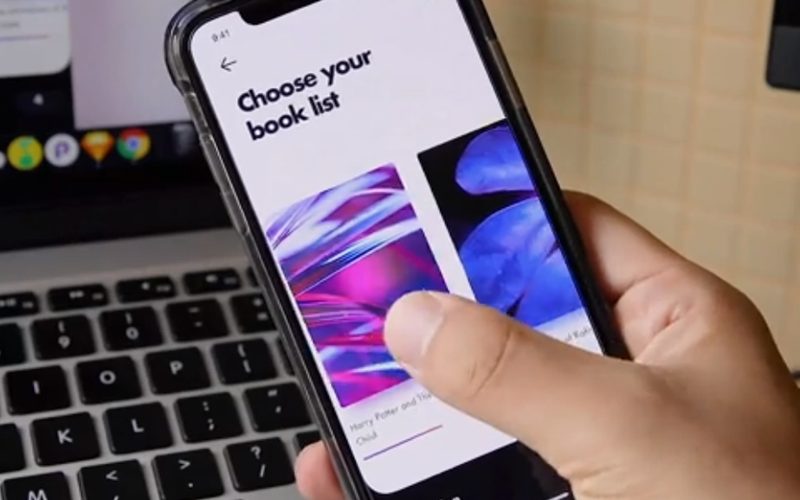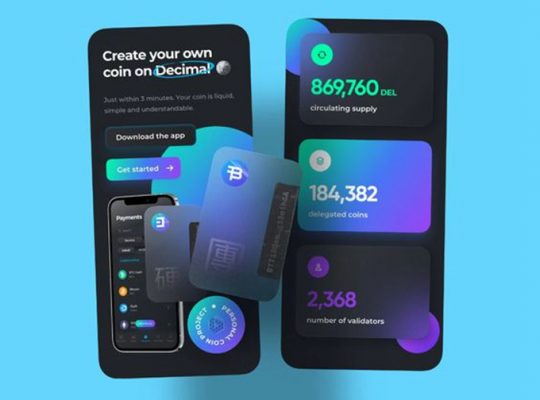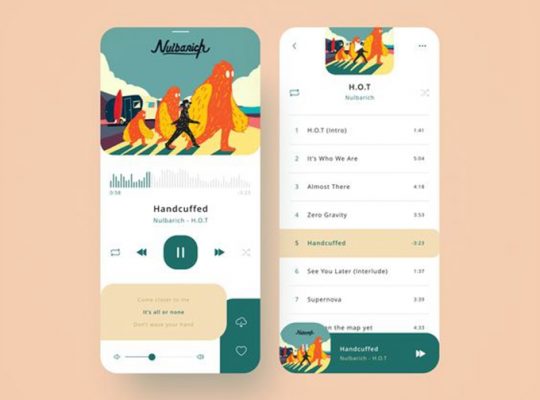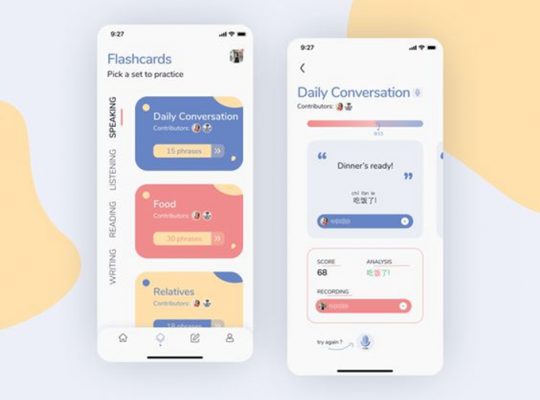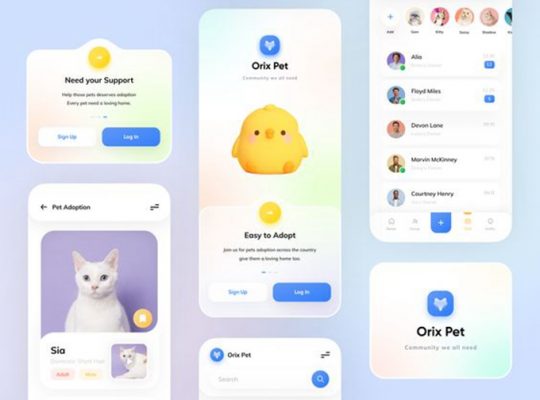Cellular purposes are enjoying an rising function in shoppers’ lives. In keeping with Nielsen’s information, individuals spend about 4.2 hours a day utilizing them. This is a rise of 30% over two years in the past, and that is largely pushed by the COVID-19 pandemic. However even earlier than the pandemic, manufacturers had been utilizing apps, pushes, and data in apps to construct and develop buyer relationships. Now, resulting from Apple’s current privacy-centric adjustments to the best way iOS units deal with notifications, in-app messaging will play a extra useful function in your cell engagement technique.
Let’s have a look at how in-app messages might help enhance CX and cut back friction, in addition to maintain your customers engaged on this new period of shopper privateness.
- Table of Contents
Advantages of In-App Messages
In-app messaging is a key element of a fantastic omnichannel engagement technique, complementing different channels like push, e mail and SMS. Nonetheless, cell apps and in-app messaging play a singular function in that blend due to their capability to function a centered level of reference and devoted communication channel between model and shopper.
In-app messages are additionally extremely efficient. Previous Airship analysis discovered that message heart messages outperform push messages by a big margin. Plus, your app customers are typically a few of your most loyal clients. These extremely engaged clients are more likely to work together and interact along with your model throughout different channels, turning into tremendous customers and perhaps even lifelong model advocates.
Moreover, in-app messages could make the app extra helpful to clients, giving them extra causes to hold onto it. That’s vital as a result of 77% of each day energetic customers drop off throughout the first three days after putting in an app and 25% of put in apps are by no means used within the first place.
When to make use of In-App Messages
With regards to successfully orchestrating your messages, it’s crucial to contemplate the channels that clients choose or are energetic on, and which channels (or combine) present the perfect CX.
In-app messaging serves significantly effectively as a contextual channel, permitting you to achieve clients on their cell units with straightforward to seek out, well timed and related info, in addition to transactional messages. Among the high in-app use instances embrace:
- Welcoming and onboard new app customers
- Educating clients about new options
- Utilizing surveys or different kinds to assemble information on consumer wants and preferences
- Driving optimistic app scores and NPS scores
- Getting individuals opted in for push notifications (particularly people who opted out initially)
New iOS Privateness Options Elevate the Worth of In-App Messaging
In mild of Apple’s current privacy-centered adjustments to how their units deal with notifications—new “focus” settings and necessities that entrepreneurs get permission for advertising messages—it’s extra vital than ever to ship well timed and related messages on the appropriate channels. You’ll additionally must leverage first-party and zero-party information as intelligently as potential and make the most of alternatives for transactional messaging that streamlines CX.
The excellent news about in-app messaging is that after a buyer is registered and utilizing the app, they don’t must opt-in, creating a major alternative for customized and efficient communication. Plus, by partaking clients by way of the app you possibly can positive tune your engagement with in-app behavioral information, desire facilities or by sending in-app surveys.
When used as a part of an omnichannel engagement technique, in-app messaging is a robust software for staying linked with clients, offering them with useful info and making their lives simpler. Plus, it supplies a tried and true technique of speaking with at this time’s cell shoppers, who’ve extra alternative than ever with regards to advertising messages and privateness.
